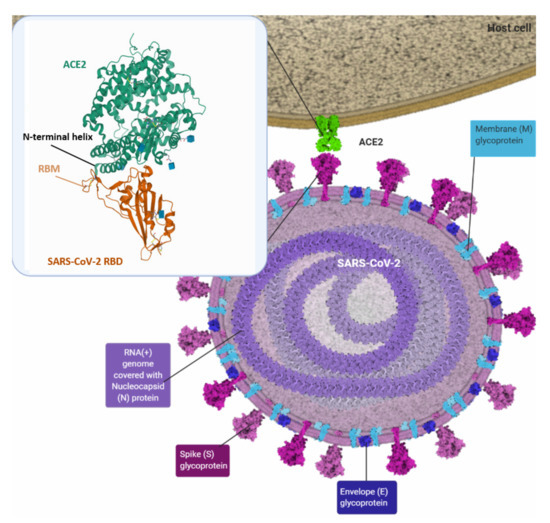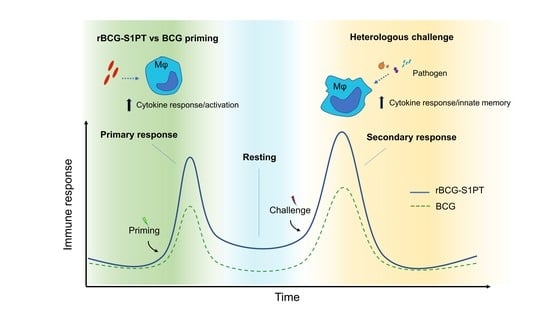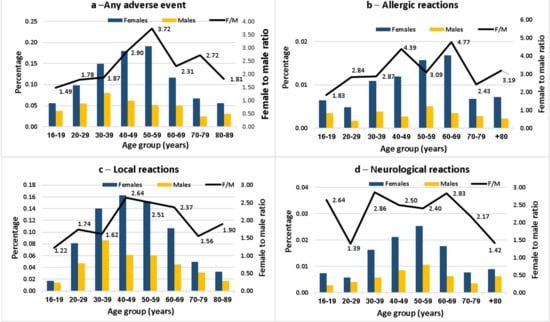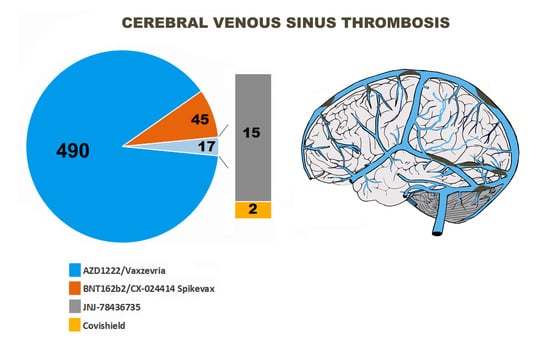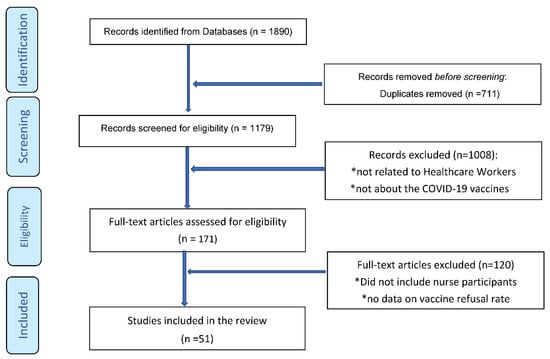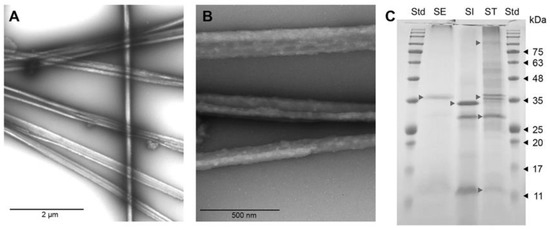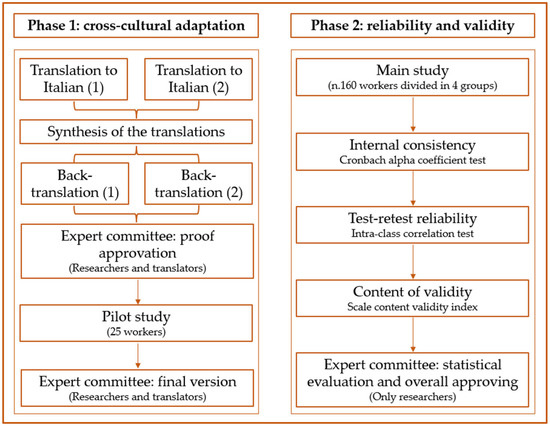1
Departamento de Enfermería, Facultad de Enfermería, Fisioterapia y Podología, Universidad Complutense de Madrid, Plaza Ramón y Cajal no. 3, Ciudad Universitaria, 28040 Madrid, Spain
2
Grupo de Investigación UCM “Salud Pública-Estilos de Vida, Metodología Enfermera y Cuidados en el Entorno Comunitario”, Departamento de Enfermería, Facultad de Enfermería, Fisioterapia y Podología, Universidad Complutense de Madrid, 28040 Madrid, Spain
3
Grupo de Investigación UCM “Humanidades, Ciencia y Salud”, Departamento de Enfermería, Facultad de Enfermería, Fisioterapia y Podología, Universidad Complutense de Madrid, 28035 Madrid, Spain
4
Center Interdisciplinary Research in Health (CIIS), Nursing School (Lisbon), Institute of Health Sciences, Universidade Católica Portuguesa, 1649-023 Lisbon, Portugal
5
Grupo de Investigación en Cuidados (InveCuid), Instituto de Investigación Sanitaria Hospital 12 de Octubre (imas12), 28041 Madrid, Spain
6
Department of Intensive Care, Hospital Universitario 12 de Octubre, 28041 Madrid, Spain
7
Centro Municipal de Salud Comunitaria Centro, Madrid Salud, Ayuntamiento de Madrid, 28013 Madrid, Spain
8
Unidad de Investigación de la Gerencia Asistencial de Atención Primaria, Servicio Madrileño de la Salud, 28035 Madrid, Spain
9
Academia Central de la Defensa, Escuela Militar de Sanidad, Ministerio de Defensa, 28040 Madrid, Spain
Vaccines 2022, 10(2), 237; https://doi.org/10.3390/vaccines10020237 - 3 Feb 2022
Cited by 4 | Viewed by 2733
Abstract
It is important to know the attitudes of students of health sciences (SHSs) towards vaccination since they will be tomorrow’s health professionals. Vaccination is a powerful tool in the fight against COVID-19. The aim of the present, cross-sectional study was to examine how
[...] Read more.
It is important to know the attitudes of students of health sciences (SHSs) towards vaccination since they will be tomorrow’s health professionals. Vaccination is a powerful tool in the fight against COVID-19. The aim of the present, cross-sectional study was to examine how the COVID-19 pandemic has influenced the attitude of SHSs towards vaccination. Data were collected in the form of a questionnaire from all students of nursing, physiotherapy and chiropody matriculated at a Madrid University for the academic year 2019/2020 (i.e., before the start of the pandemic [Q1]), and from all those matriculated for the year 2021/22 (i.e., c18 months after the pandemic was declared [Q2]). A multivariate analysis was performed to identify the influence of sex, degree being studied, course year and the time of answering (Q1 or Q2), on the dimensions Beliefs, Behaviours and General Attitude. Overall, 1894 questionnaires were returned (934 [49.3%] for Q1, and 960 [50.7%] for Q2), of which 70.5% were completed by students of nursing, 14% by students of physiotherapy and 15.4% by those studying chiropody. In Q2, the results for all three dimensions were significantly better (p < 0.05). The most important influencing factors were being a student of nursing, being in the final years of training (years 3 or 4), female gender and answering at the time of Q2. The results obtained are encouraging since student nurses (who showed Q1 and Q2 General Attitude scores of 3.34 and 3.47 (maximum possible 4), respectively [p < 0.05]) are the health professionals of tomorrow most likely to be involved in vaccination programmes.
Full article
(This article belongs to the Special Issue SARS-CoV-2 (COVID-19) Vaccination and Compliance/Hesitancy)

